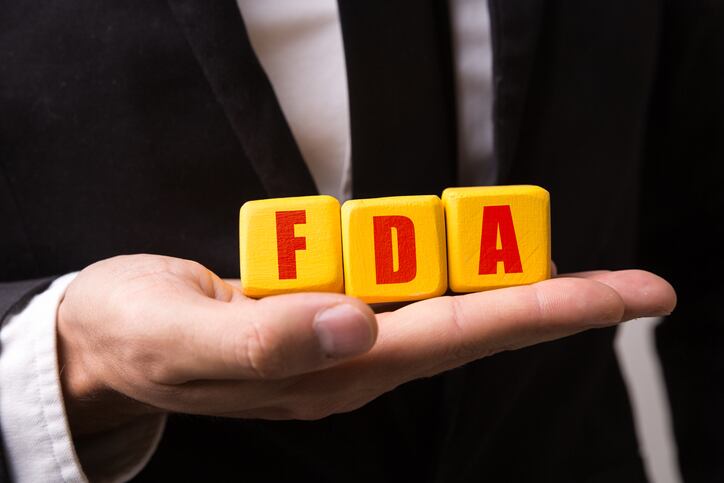The final version of the guidance, titled “Initiation of Voluntary Recalls Under 21 CFR Part 7, Subpart C,” lays out all the steps that companies must go through to decide when a recall is necessary and to how conduct it in a compliant fashion.
How ‘voluntary’ are these recalls?
While the guidance is titled a ‘voluntary’ recall, that is a somewhat nuanced use of the term, said Larisa Pavlick, vice president of global regulatory and compliance for the United Natural Products Alliance. Under the Food Safety Modernization Act (FSMA), FDA now has mandatory product recall authority, making the arm twisting of the past no longer necessary. In cases where recalls are called for, a ‘voluntary’ recall has become pro forma, she said.
“Food recalls, including supplements, prior to FSMA were considered voluntary in most situations. However, FDA had their ways of influencing companies to recall products that were violation of the regulation or were a public health risk,” Pavlick told NutraIngredients-USA.
Pavlick also said FDA seemed to have taken some lessons from the long and winding road toward GMP compliance. Those regulations were written in language that experience has shown can be misinterpreted. This new final guidance is rendered in plain English that avoids some of the jargon common to federal regulations, she said.
The nine page document offers companies an outline for how to prepare for a recall, how to decide if one is necessary, and how to make sure that the recall is done in compliance with the regulation.
Getting ready, then carrying through
The document notes that companies need to be ready to do a recall before one is called for. Being ready means having the right people on staff or in quick communication to evaluate the problems that have been observed.
“You need to have an adverse events reporting system in place to make sure you are monitoring your products to pick up a safety signal if you have a problem,” said Rick Kingston, PharmD, president of scientific and regulatory affairs for the firm SafetyCall International. Kingston is also a professor in the School of Pharmacy at the University of Minnesota.
Kingston said a key part of that process is to quickly determine when and if a recall is necessary based on the kind of adverse events that consumers have reported. Is that stomach upset just that, or a sign of something more insidious?
“The only way you can do that is to make sure you have the assistance of qualified medical personnel to assess the risk,” Kingston said.
The document then walks firms through how to develop a strategy for conducting a recall and how to communicate with entities in the distribution chain and with the public about it. Finally, the guidance details how FDA works with companies during the recall process.
Through the eyes of the investigator
Pavlick, who worked as an FDA inspector for a number of years, said reading the guidance will give companies an isight to what the Agency will be looking for in the case of a recall.
“We would look for the steps taken to investigate the problem and the related documentation. Most importantly, the procedures are collected and provide in the report during each investigation,” she said.
“Math is important during a recall. We looked at how much was manufactured (or received) and how much was remanning in stock. Then the adventure begins! Show me where the difference went,” Pavlick added.


